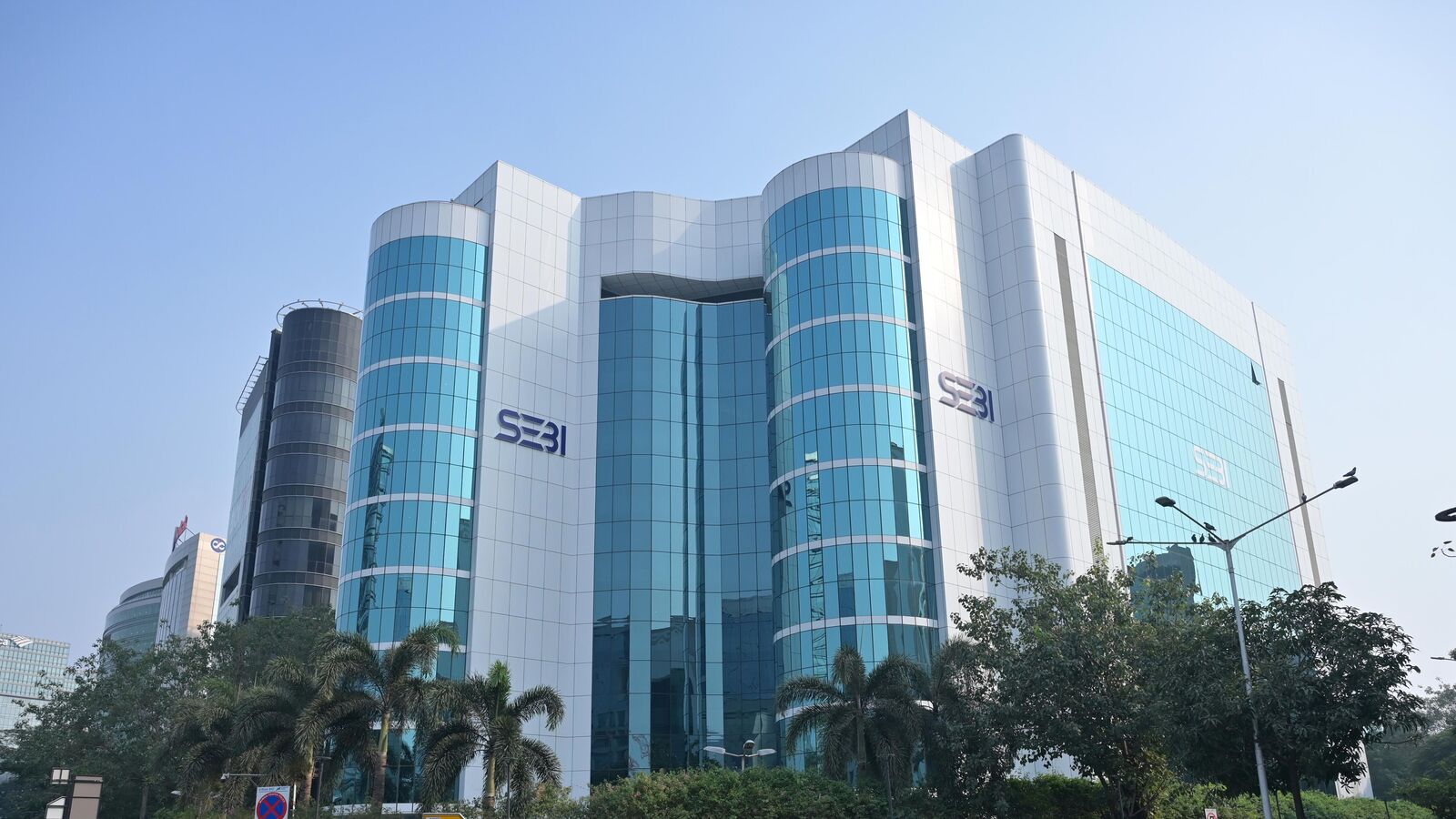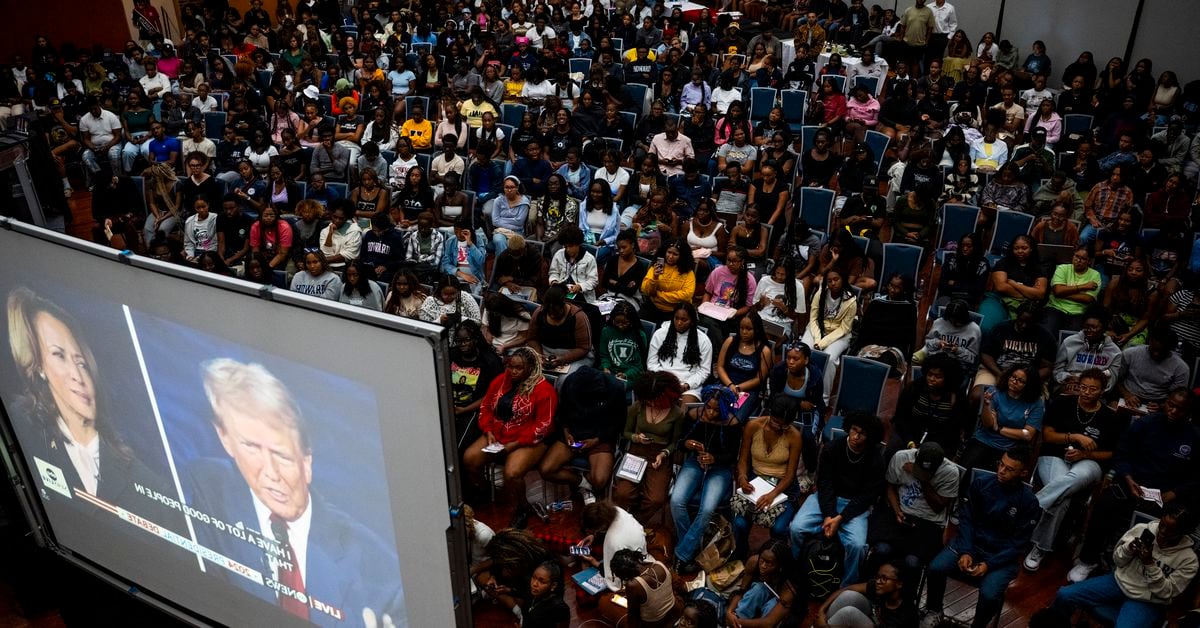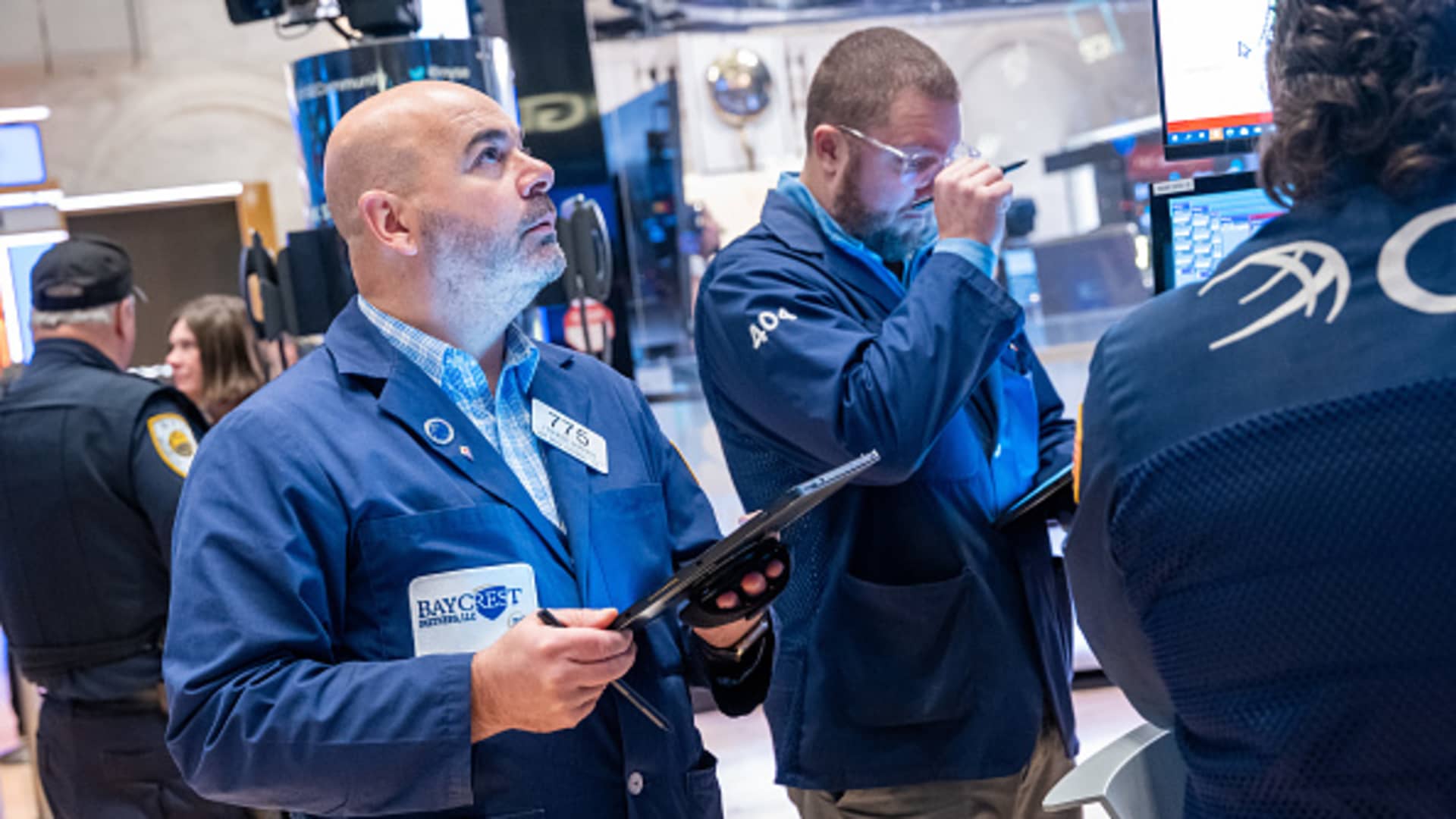
In a bold move, the US Federal Reserve kick-started its monetary policy easing cycle by 50 basis points (bps) cut in its key lending rates, bringing its fed funds target range to 4.75% to 5%. One basis point is 0.01%. The market was widely anticipating a 25 bps rate cut. While delivering this surprise, Fed Chair Jerome Powell emphasized that the decision is a recalibration of policy aimed at maintaining the strength of the US economy and labour market. He indicated that the Fed’s move should be viewed as a one-off, rather than the start of a series of large rate cuts. Future interest rate decisions will be made on a meeting-by-meeting basis, guided by incoming economic data.
But the market is gunning for an increased pace of rate cuts.
“The central bank suggests a further 50 bps of cuts this year with 100 bps more in 2025 and 50 bps in 2026, taking the policy rate down to the 2.75-3% range. The market, though, thinks it will end up going harder and faster with a 2.9% Fed funds rate priced a full 12 months ahead of when the Fed thinks it will happen,” said ING note on 18 September.
A faster-than-anticipated rise in US unemployment rate due to muted hiring intentions of companies could be a key force that could push the Fed to deliver out-sized interest rate cuts. US hiring remained tepid in August even as the unemployment rate edged lower, showed latest official data.
“So while Powell and the statement described risks as balanced, we think they are more concerned about downside risks to the labour market than upside risks to inflation. That raises the risks that today’s 50bps cut will not be a one and done,” said a BofA Securities report dated 18 September.
Interest rate cuts aim to stimulate economic activity by lowering borrowing costs, though the effects on business activity typically come with a lag.
Reacting to Fed’s decision, US benchmark indices the Dow Jones Industrial Average and the S&P 500 surged to fresh intraday highs on Wednesday but gave up gains to close lower. On Thursday, Asian markets were upbeat, rising 1-1.5%. Back in India, the Nifty50 and S&P BSE Sensex were trading at record highs, while the Nifty Volatility Index, a gauge of market fear, fell around 6% to 12.71.
Read this | US Fed’s expected rate reversal: What’s at stake for India
Typically, a lower interest rate regime aids risk-on sentiment among equity investors, thus giving liquidity flows a boost. However, with global economic growth still fragile, ongoing geopolitical tensions and the upcoming US elections, it remains to be seen whether the US economy manages a soft landing. If things don’t play out as expected, they could dampen hopes of quicker and larger interest rate cuts. In fact, global fund managers see US recession as the biggest potential risk to investors’ portfolios, showed a BofA survey on 17 September.
And this | Hunky-dory equities? Look before you leap
Meanwhile, the European Central Bank has already delivered a 50 bps cut and now with the US Fed trimming rates, central banks in the emerging economies get a leg room to begin their easing cycles. On Wednesday, the Bank of Indonesia delivered a surprise 25 bps cut ahead of the US Fed’s decision. On Thursday, Hong Kong cut interest rates for the first time in four years.
But even as the global monetary policy takes a pivot, the Reserve Bank of India (RBI) is expected to go relatively slow in view of domestic factors, mainly the trajectory of food inflation.
Also read | After US Fed’s surprise interest rate cut, all eyes on RBI’s management skills
RBI is scheduled to meet on 7-9 October, the impact of withdrawal of monsoon on food inflation will be crucial here. While some economists are rooting for a change in monetary policy stance in October, the first rate cut is unlikely before December.







